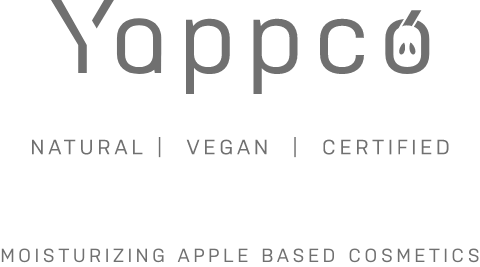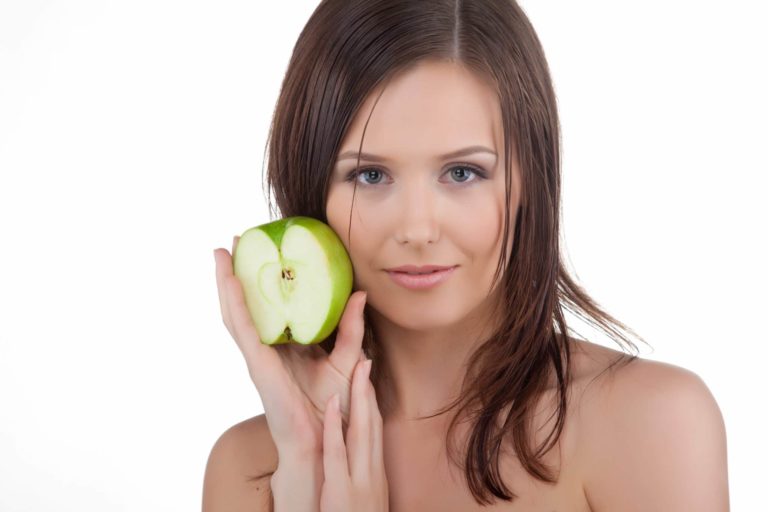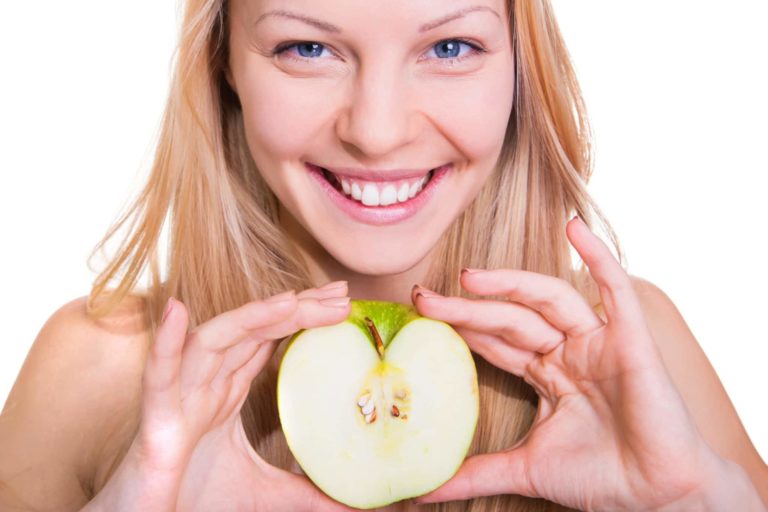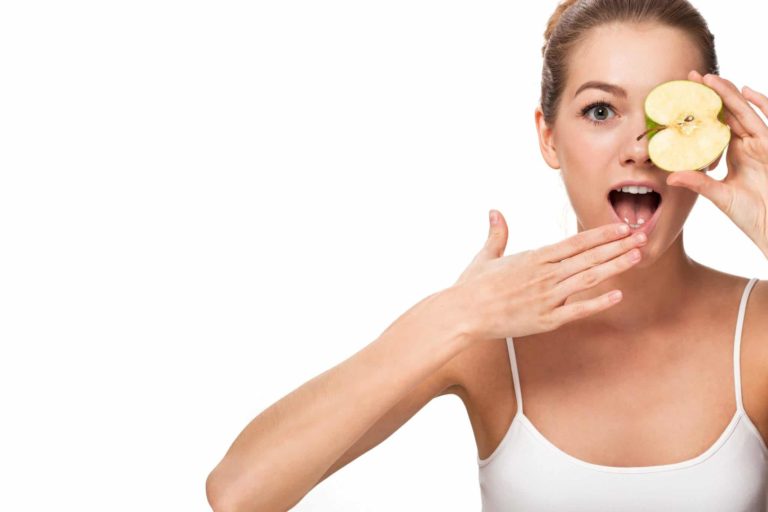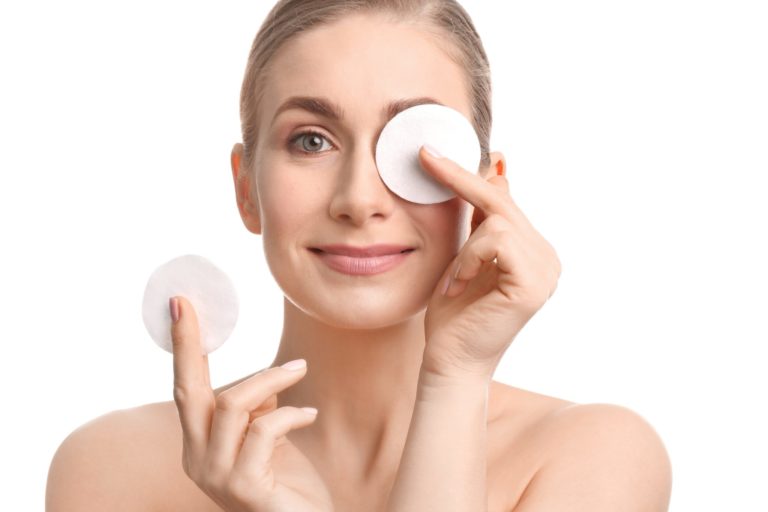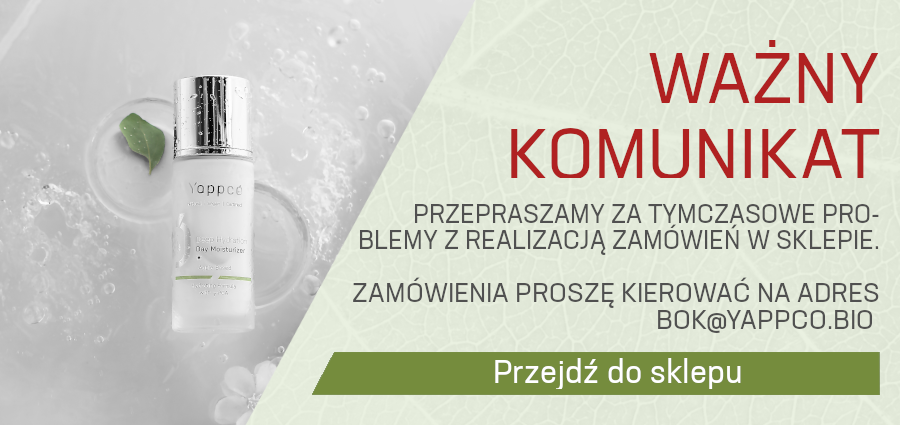
Microplastic in cosmetics
The ubiquity of microplastic.
People’s awareness of human impact on climate change and the destructive influence of plastic on the environment, especially marine animals, is constantly growing. More and more of us are making conscious choices regarding reducing the amount of plastic we use: we go shopping with our own tote bags and give up disposable tableware and straws. However, not all of us know that the cosmetic and body care industry also has a significant share in this infamous ranking - mainly due to the microplastics used in beauty products.
What microplastics are used for in beauty products?
Microplastics, as the name suggests, are microscopic particles of plastic. By definition, their diameter can reach a maximum of 5 mm, while others are so small that they are invisible to the human eye and imperceptible by touch. Their presence in beauty products is primarily associated with peeling and smoothing gels, as well as face and body creams and lotions, in which they are designed to remove dead skin. However, microplastics have a much wider range of use and apart from exfoliation, they serve many other functions in beauty products. They help to maintain the proper texture and provide the required density of creams and body lotions. They have an influence on moisture retention in mascaras and provide toothpaste with polishing properties. In other products, such as sunscreens, they serve a waterproof function, and in others they act as a filler
How microplastics degrade the environment?
Microplastics affect the natural environment as much as plastic bags or straws, or even more. This is due to their size and structure. Microparticles attract toxic substances, which permanently adhere to their surface. In this form they reach rivers and later seas and oceans, because the wastewater treatment plants are not able to filter them effectively. With their diverse shape and size, microplastics affect various ecosystems, not only aquatic. Heavier fragments sink to the bottom where they become food for organisms, which feed on silt. The lighter particles float on the surface and are swallowed by plankton-eating animals. The smallest elements can be lifted by the wind and transported over long distances, where they later fall down along with precipitation.
We should read the labels and choose products which do not contain microplastics in their composition.
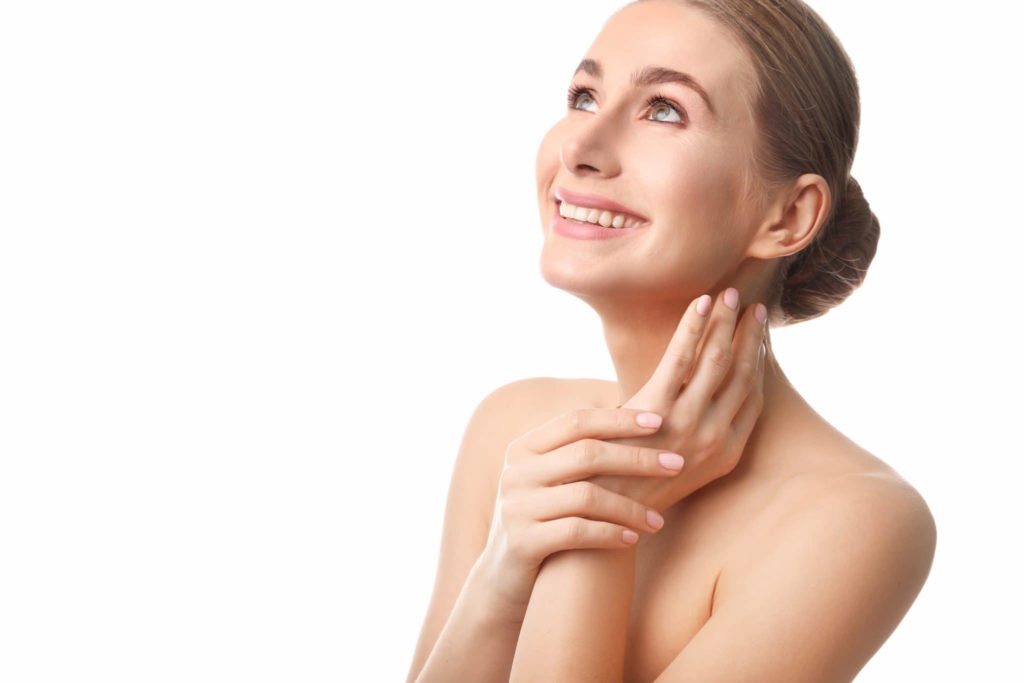
The consequences of using microplastics in cosmetics and other products.
What are the consequences of these phenomena? First of all, they significantly affect marine life. Plastic affects their physiology, accretes in adipose tissue and cannot be removed from the body, which leads to its accumulation. Infected organisms end up on our plates in the form of fish, shrimps, squid, octopuses and other delicacies. Microplastics also enter human body with drinking water from taps, because, as mentioned before, the wastewater treatment plants are not able to filter them out effectively. By conducting intensive research in the field of presence of microplastics in the ecosystem, the WHO assumes that every person on Earth already has plastic in their body.
Although the cosmetics are not the only source of microplastics, they have a real share in their spread to the environment. More importantly, we, as conscious consumers, can minimize their negative impact. So how should we take care of our beauty and at the same time influence our and our children’s health in a sustainable manner? We should read the labels and choose products which do not contain microplastics in their composition, like Yappco natural care and beauty products. We should primarily pay attention to shampoos and hair conditioners, creams and body lotions, but also shower gels and body scrubs. Plastic can be found in cosmetics and beauty products under various names, and therefore we should familiarize ourselves with their most popular forms and names, which include i.a.: polyethylene, polypropylene, polyester, polyamide and different types of acrylates.
Fortunately, more and more companies declare that they are slowly withdrawing plastic from compositions of their products. However, if we want to be totally sure that we buy products which do not contain harmful microparticles, we should choose brands whose top priority is absolutely no plastic in their products. This is the strategy adopted by Yappco, whose vision is natural skin care with respect for the environment. Yappco portfolio offers natural care and beauty products based on ingredients of natural origin. The strength of these products lies in apples, which are an integral part of the products. Apples support natural skin care thanks to the content of antioxidants, which slow the aging process, or alpha hydroxy acids (AHAs), which have a moisturizing and brightening effect. These care and beauty products not only will positively affect the condition of our skin, but thanks to the vitamins and minerals of fruit origin contained in them, they will also take care of our health.
